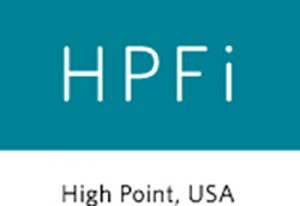A recap of week 5 of WD Flex: Back to the Office featuring industry experts Antonia Cardone, Lenny Beaudoin, and Lori Louis.
WDM wrapped up our five-week WD Flex program with two dynamic panels moderated by Bob Fox, our publisher and Chairman & Principal at FOX Architects. Workplace experts Antonia Cardone, Americas Lead – Total Workplace at Cushman & Wakefield, Lenny Beaudoin, Global Lead | CBRE Workplace and Lori Louis, Sr. Director, Experiential Space Design & Concepting at JLL had a lively discussion around what they have learned over the course of the pandemic to date and their observations about what the future may hold.
Our key takeaways include the following food for thought:
- The workplace will adapt, incorporating what we have learned by the working remote experience and planning and designing the workplace to meet what is emerging as the “hybrid” office.
- We don’t know for sure exactly how that will play out, but it was agreed that where we worked in a predictable way, each with our own routines, pre-pandemic, the post-pandemic workplace will be more flexible and acknowledge that we all work differently with different needs and expectations. Smart companies will take that into account as they work through their unique needs for the workplace.
- Employees are concerned about the return to the workplace. There is an elevated bar to meet that apprehension with workplace designs that meet those issues around health, safety, wellbeing and diversity, empathy, and inclusion.
- Workplace strategy has to meet the workforce. In other words, it is more than providing a static space, the physical office has to be designed as a place of engagement, collaboration, and communication. The experience of the workplace is what will draw people back to the office.
- We have seen that people can work anywhere. It is now the challenge to organize how best to meet the need to provide a flexible menu of workspace requirements for those that are in the office or working from home or a “third space”. While there is no one right solution or “one size fits all” the greater utilization of technology tools will facilitate the process.
- There will be a re-evaluation of what kind and what size workplaces and where workplaces will need to be. By listening to and engaging with their employees, the decision makers from the C-Suite, HR , IT, and management teams will have to work together to establish what opportunities with give their employees the physical locations to enhance their work and create the best user experience to support their business culture and goals.
- The consensus seems to be that people do want to come back to the office, but it may not be the same for everyone – depending on what then need to do, who they need to meet with, and what may be better to do in the office than working from home or another place. In other words, the need for flexibility is key. The office is an important place of connection to the company and is still a point of consideration when evaluating where to take a job.
- The work ahead is to re-imagine the work experience. This will affect not only the physical world we work in, but the 360° of how we work.




